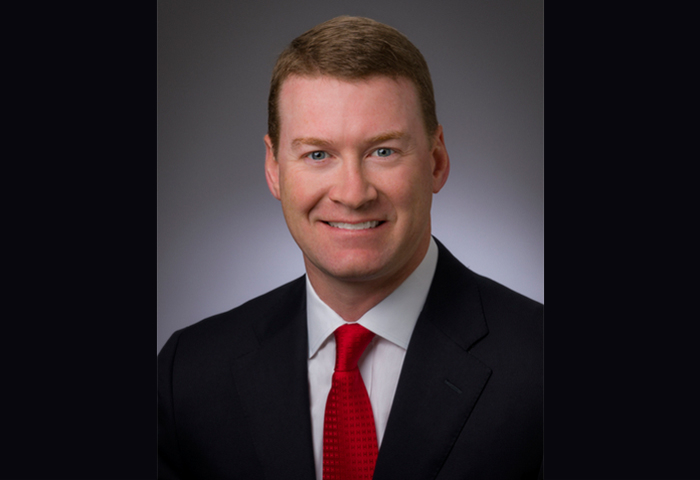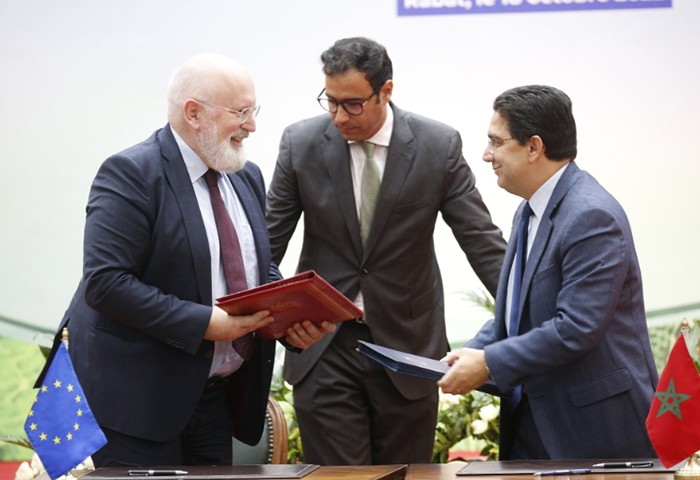Siemens, a leading supplier of systems for power generation and transmission and a pioneer in infrastructure and industry solutions, has made its presence felt at WETEX this year with the variant novelties it showcased at the exhibition. In a one-on-one session exclusive to Energy Review, Mahmoud Hanafy, Executive Vice President, Head of Regional Headquarter Middle East elaborated more on Siemens and green energy and how the company is connecting grids and managing complexity.
Siemens is expanding its field of work and adopting renewable sources. What would you say regarding Siemens and green energy?
Green energy globally is not merely a trend, but a must. Reducing the CO2 emission is the global focus. Siemens is playing a major role in this area with the improved efficiency of power generation specifically in the gas turbines and with the increasing efficiency which means reducing the emission of CO2. We are talking about energy storage like the hydrogen and the use of the hydrogen in different areas either industrial or power generation. That's part of our focus in green energy. In fact, here in the UAE and with DEWA, we are cooperating on the first hydrogen plant as part of the Expo 2020 which will use hydrogen as a source of fuel for buses, etc. It is a small one and a first of its kind, but we’re expecting that this kind of project will expand more in the region. So to go green, CO2 emission reduction is a focus in the whole world and also part of our targets.
How are you connecting grids in the Middle East and managing complexity?
Connecting grids is an important topic in the Middle East region and in all the Arab countries. There is a major interest now growing in collaborating and connecting those grids. We have an existing connection for transmitting power between Egypt and Jordan for years now. We, as Siemens, have just established the connection between Egypt and Sudan. A few weeks ago, a new project was announced to connect Kuwait and Iraq to have the power connection and share around 300 Megawatts. Yet all of us are waiting for the biggest project in the region and also one of the biggest all over the world which is the connection between Egypt and Saudi of the 3000 Megawatts. That’s the major project and one of its kind, which will show the benefits of dependency and connecting the grids and sharing the power generation between different countries. The complexity of grids is increasing because when you add the renewables, either solar or wind, it changes the behavior of the transmission grid and with this, you need new solutions, strong control of the grid, new digital solutions, and the know-how to manage the power flow and the complexity of such connections.
How are you planning to expand in the region and what are your major future plans?
Siemens has been present in the Middle East for a long time. In some of the countries like Egypt, it has been operating there for about 10 years. However, Siemens is still looking for new opportunities to expand whether in the region or outside and to have more establishments from projects and business.
In some of the countries, Siemens has built 50% either of the transmission lines or even sometimes the power generation and we are planning to continue with this. We have major projects completed and under implementation. We just finished the first three 400 kV stations in Bahrain, the first 400 kV network. We finished as well mega projects in Egypt from power generation and also transmission to evacuate the power of most of the power plants into the grids.
In Saudi, major projects are in course of completion at the moment. We signed in Iraq major contracts either in the generation side or the transmission business, and when talking about the transmission, the first contract signed 13 stations which will feed around 4 million people, in Iraq, mainly in Basrah area to have the power, have the continuity of power, and no power cuts. That's a major contribution and Siemens tries to be part of improving the quality of life and improving the infrastructures of those countries.
We are communicating with EDL as well in Lebanon to talk about future projects. There are a couple of opportunities we have been discussing for some time. We are already present there because we built a lot of the existing stations in the network. So we are in a discussion and hopefully it will materialize shortly.
Other projects are also going on. Our focus is there, our presence is there and we are planning to continue with such determination.
It is noteworthy that till today, Siemens has connected many power generation to the grid - a range of around 12 to 13 gigawatts which is serving more than 30 million people. That's why we are proud to be part of this social responsibility, not only doing the business, but experiencing as well how Siemens is adding value to the society and we are looking forward to continuing like this.









